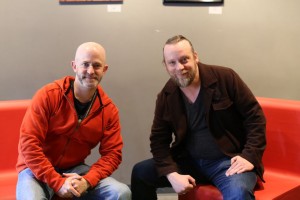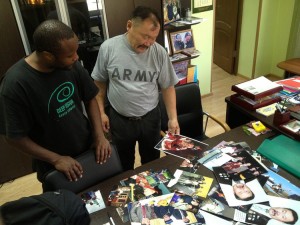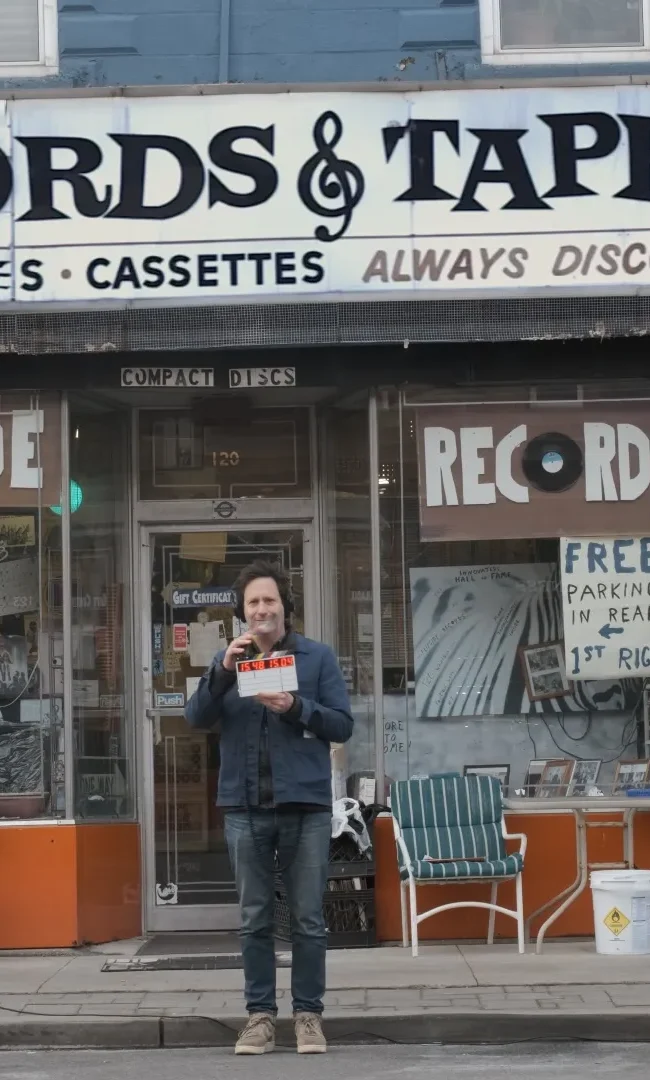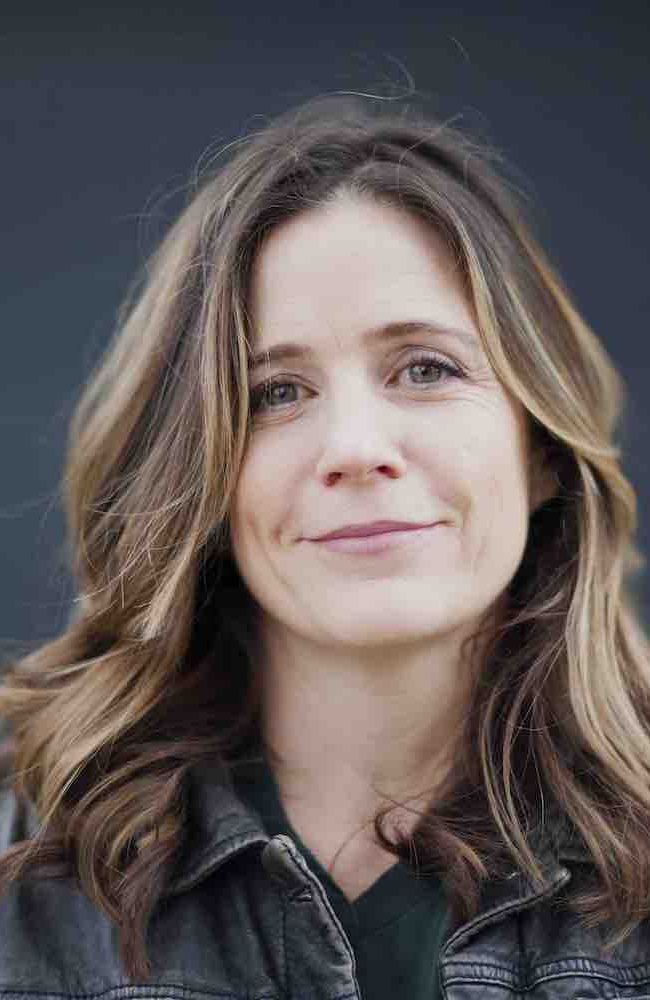A Conversation With Michael Faulkner (SHU-DE!)
I met with director Michael Faulkner at the Maryland Film Festival on Saturday, May 7, 2016, to discuss his documentary feature SHU-DE! (the title means “let’s go” in Tuvan), about what happens when a Baltimore beat boxer, Shodekeh, travels to Tuva in Siberia for an exciting musical collaboration with local throat singers, and for which I also wrote a review. Here is a condensed digest of that conversation.
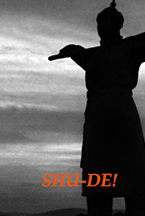 Hammer to Nail: How did you decide to film Shodekeh? Did you know him? Did your desire to film him come first, or did you learn about the trip to Tuva and then want to make a film about that journey?
Hammer to Nail: How did you decide to film Shodekeh? Did you know him? Did your desire to film him come first, or did you learn about the trip to Tuva and then want to make a film about that journey?
MF: I definitely knew him first. I met him through a friend. I forget what year it was, but it had to be maybe in 2003…it was around then…there was a local variety show, called “Hole in the Wall Cabaret,” and my friend Lucia Treasure – who eventually became an Associate Producer on the film – invited me to come see that, and Shodekeh was there, doing his thing, and it really blew me away. And I talked to him that night, and I ended up giving him a ride home, and I remember saying to him, I really want to make a film with you – kind of funny to look back now, this is 13 years ago – maybe like Rocky, but with a beat boxer, and he kind of laughed at me, but…(laughs)…you know, in a nice way.
Cut to 2010 or 2011, and that was the year that he was going for the Baker Artist Award, and he knew I did some video and he asked me if I could make a quick video of him doing his thing. And so, in that collaboration (that was our first), the video went really well – I am not taking any credit for him winning the Baker Artist Award, but he did win that year – and so we just started doing more and more documenting of his musical exploits, including a piece on his collaboration with Meredith Monk. And then, he met [Tuvan musical ensemble] Alash, and they invited him, and that’s when we just went for it.
HtN: Can you talk a little bit about the challenges of making a documentary in a foreign country, and in particular the challenges of dealing with the bureaucracy in Russia. What was that like?
MF: It was interesting to tackle my first feature documentary and at the same do it internationally. There were a few key things that I had to learn. One was about the Carnet, and that’s just an import/export thing. It’s something that a lot of smaller productions sometimes don’t do, because you can kind of get in and out with your luggage, and it really only matters if you get checked. But if you bring $100,000 worth of equipment and then you come back and someone wants to know if you bought it there or not, and you can’t prove it, that’s a lot of taxes. So we went through that process, but luckily, just like a lot of other things, in this day and age, there are services that can do this stuff for you, if you give them all of your serial numbers. Basically, we had to figure out how to do a Carnet; we had to make sure our insurance provided international coverage. There was a question of whether going to Tuva was going to be covered or not, and at one point – our second trip – the relationship between Russia and the U.S. was more tense, so there was a little extra checking, but it always worked out. So there was that.
Buying the flight to get over there … it was a challenge to convince the credit card companies that yes, I really was buying these several tickets at the same time to a place I’d never been before, in Siberia…(laughs). Perhaps the biggest help we had was from our fixer. We really had to rely heavily on our fixer in Tuva, who was an American, who’s in the film…Sean Quirk…and he basically, because of his connections there, was able to really handle a lot of the visa issues.
HtN: Are there any special visa requirements, beyond the usual ones for Americans traveling to Russia, when you are a documentary film crew?
MF: There are, and we followed the rules that the government there approved for us, which was that they invited us on a cultural visa. If we had said that we are a commercial production, then it probably would have been even harder, but they felt that what we were doing, since there was no distribution guaranteed, and all that sort of thing…you know, come over and make a film, but don’t necessarily tell anyone that you’re a production company.
HtN: You were making a cultural artifact, rather than a film for distribution.
MF: Yes! It was absolutely true. We want to distribute it. Of course we want people to see the movie, but yeah, at that point, we were coming over to film cultural events. And then the challenge was just actually going through the process and presenting the documents at the right time. There were some language barriers. But what we found was that the people at the airports really wanted to help us. I remember being very nervous about presenting this Carnet at the Moscow airport. You know, I’d heard horror stories. But actually, they were really concerned about me. They were like, OK, you’re going to Siberia, here’s what you need to know, and make sure you present this at this exact place…I found them very helpful.
HtN: That’s good to know. So one of the highlights of the film, beyond the amazing music, is the cinematography. How did you assemble this crew to travel to Siberia with you?
MF: (laughs) That’s a fun story! As I started to commit to the project, and invest in it – like, this is really going to happen – I started thinking about what and who we needed. And then these people just sort of came into my life. Some of them I had known for years, and then it became obvious that that was the right person to use. I’ll start with the DP [Director of Photography], since you started with him. Trey Hudson and I have known each other for over 10 years and we’ve always talked about crazy projects and ideas that we’ve wanted to do: everything from fixing up a 1978 two-stroke motorcycle to starting a punk band. All of those things were just fun to talk about…we never really did them. But on this one, when I started talking about going to Tuva, and saying I want to shoot something with Shodekeh, and maybe I’ll do it on my iPhone…it’ll be cool, you know, maybe it’s research…and he said, well, I could be your DP, and we could put this together. And I said, you know what, let’s do it! And this one…(laughs)…I guess with all of our practice at musing about crazy ideas, this one happened.
Then we met the sound guy, who was equally important, since this is a music doc, and the sound is just so important…
HtN: You’re not going to do that in ADR [automated dialog replacement] …
MF: (laughs) No. So we knew we needed somebody really really talented and really good, someone who had a lot of stamina. We were working on a BGE commercial here, and we met Don Barto, Sr., and Trey really liked him, and said, this guy is great, he’s funny, he is a musician – he was a jazz trumpeter in the army, he went to Peabody – why don’t you talk to him? I wasn’t so sure, because I was thinking we needed somebody pretty young, to run around the mountains and chase after Shodekeh, but Don kept up with us fantastically well…but he was a lot older than everybody else, so I just started talking to him and it became immediately clear to me that this guy was the right person, and so we invited him, and thank God we did! Just the way he recorded the live sound out in the fields and nature…it was amazing.
And then, other people…I was working on a fashion shoot, and the key grip, Matt Yake, just had something extra special about him, the way he could interact with people, I knew that he could do a lot of different things. So people just kept coming into my life, and I was thinking, you know, a lot of documentaries don’t have a key grip, and people thought I was kind of nuts to bring these additional people, but going back to your earlier question about shooting internationally, I would just tack on to that a bit about the challenges of shooting remotely, as well. We knew that we had to bring everything we needed the first time. We couldn’t run to B&H Photo; we couldn’t call in to New York or a rental house; if something broke, we were done. So we had to get two of most things, and that’s one reason I brought so many people, and brought Matt, too. I knew that if something didn’t work quite right, he could fix it and make it happen. He was sort of this utility.
[Camera/Co-Producer] Nick Midwig was recommended to me by one of my producers. She just said, this guy is amazing, and he’s coming up. And we actually had a really hard time scheduling him. I thought we weren’t going to get him for a while, but then he came through. I think that he was just so lured by the idea of being that far away from home and doing something cool, and he worked 27 days straight with a crazy amount of enthusiasm.
HtN: On the post side, there are some really interesting editorial choices. In some of those montages that are in the middle of a musical performance, we suddenly have an overhead shot where we’re moving over the frozen tundra. And then you have some other montages of a series of single shots of people looking at the camera, intercut with animals looking at the camera. So these interludes in the film, I found fascinating, and I’m just curious, how did you come about that structure? Was that your decision? Were you working with your editor, Nick Kovacic, and came up with that idea?
MF: It became a style and a theme that satisfied several desires that I had about how to express the content of the trip and the emotion of the place. Nick and I worked really closely together. Those were things that we discovered in post together, to solve the question of how do we share this, how do we tell this story of how the land, the people and the animals were all intimately connected with the experience, and we wanted to portray a character and a backdrop at the same time. And also, nature is very interwoven into the lifestyle of the people there. The spirituality of nature is a very ordinary thing, for them. I use the word ordinary to mean that it’s permeating things; it’s not just a special moment, although there are special moments for spiritual expression, constantly. So the land is a character.
But there’s another, sort of more nuts and bolts answer, as well, which is that two years after the first trip, we went back. We knew we wanted to get more landscapes; we knew we wanted to investigate the flora and fauna, and we really committed to that. So, when we went, Shodekeh wasn’t with us, then, so it was kind of this gigantic second unit, but with the same DP, and we had a different cameraman that time, Zac Frederick, and he also became our drone pilot. And so we had all this amazing footage, and we wanted to include it, and so we looked for a way, and as we started to do that, we realized that this all existed at the same time as our last trip, although outside of our awareness, and so let’s try to make this context bigger. As soon as I came upon that idea – again, it was Nick and me, together – then he just ran with it.
HtN: So when was the trip with Shodekeh?
MF: In 2012.
HtN: So then you went back in 2014?
MF: Yes. 2014.
HtN: So that’s a four-year period from start of shooting to completion of film?
MF: Yes. 4 years. Unless we include the gestation period of thinking about how we’re going to do it. But really, basically, 4 years.
HtN: The music, as I said, is really wonderful. Have you thought about releasing a soundtrack album? Or just making the music available for download? I particularly like the collaborations with Annie Lynch. Her song “In the Water,” while beautiful in its original version, is made even more so in your movie through the additions of Shodekeh and the throat singer.
MF: We have thought about it. We’ve been talking about it with all of the musicians. Everybody’s on board, verbally, and we’re working out the rest of it. We’re really excited about a soundtrack album. I’m glad you mentioned that thing about Annie’s song, because while her original version of that song is great, there’s something…
HtN: It’s so much richer in the film…
MF: Yeah! And that’s what we noticed when we were there, and hoped to express in the film, that when these things that are so wonderful by themselves come together, they can make something even bigger than they were, before.
HtN: Well, it’s a really beautiful film, for that and for many other reasons.
MF: Thanks!
– Christopher Llewellyn Reed (@ChrisReedFilm)







